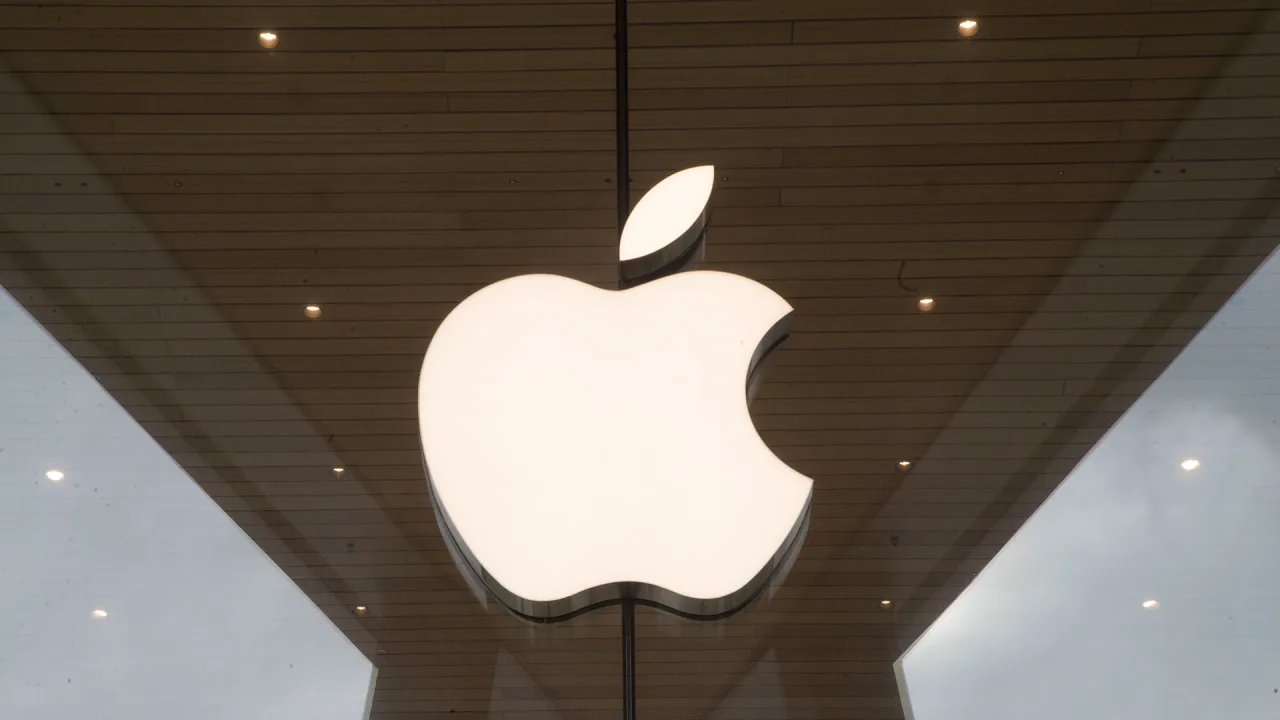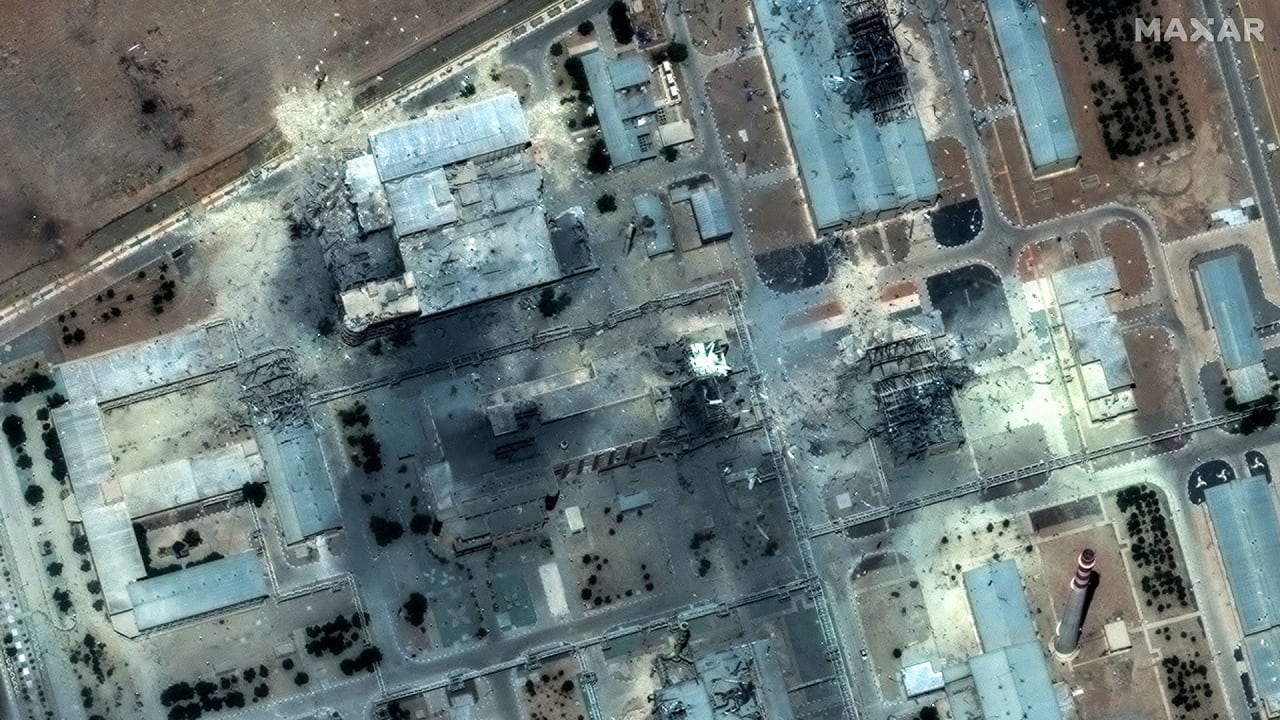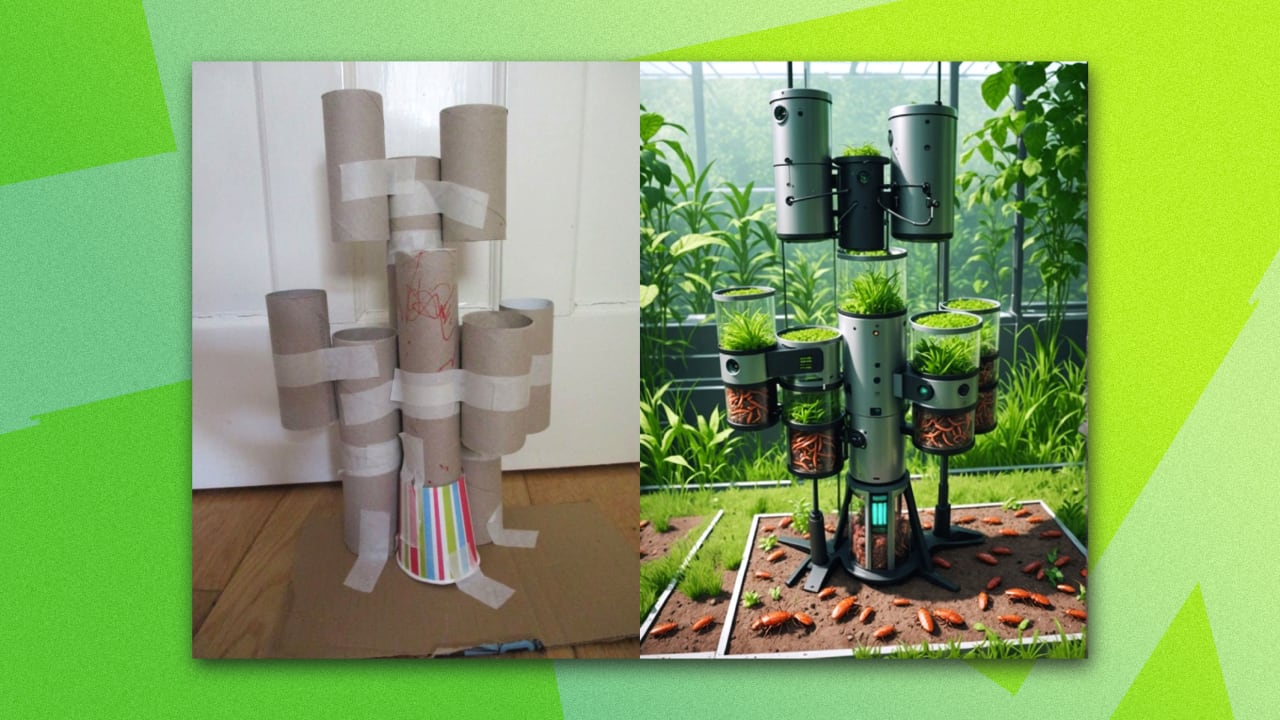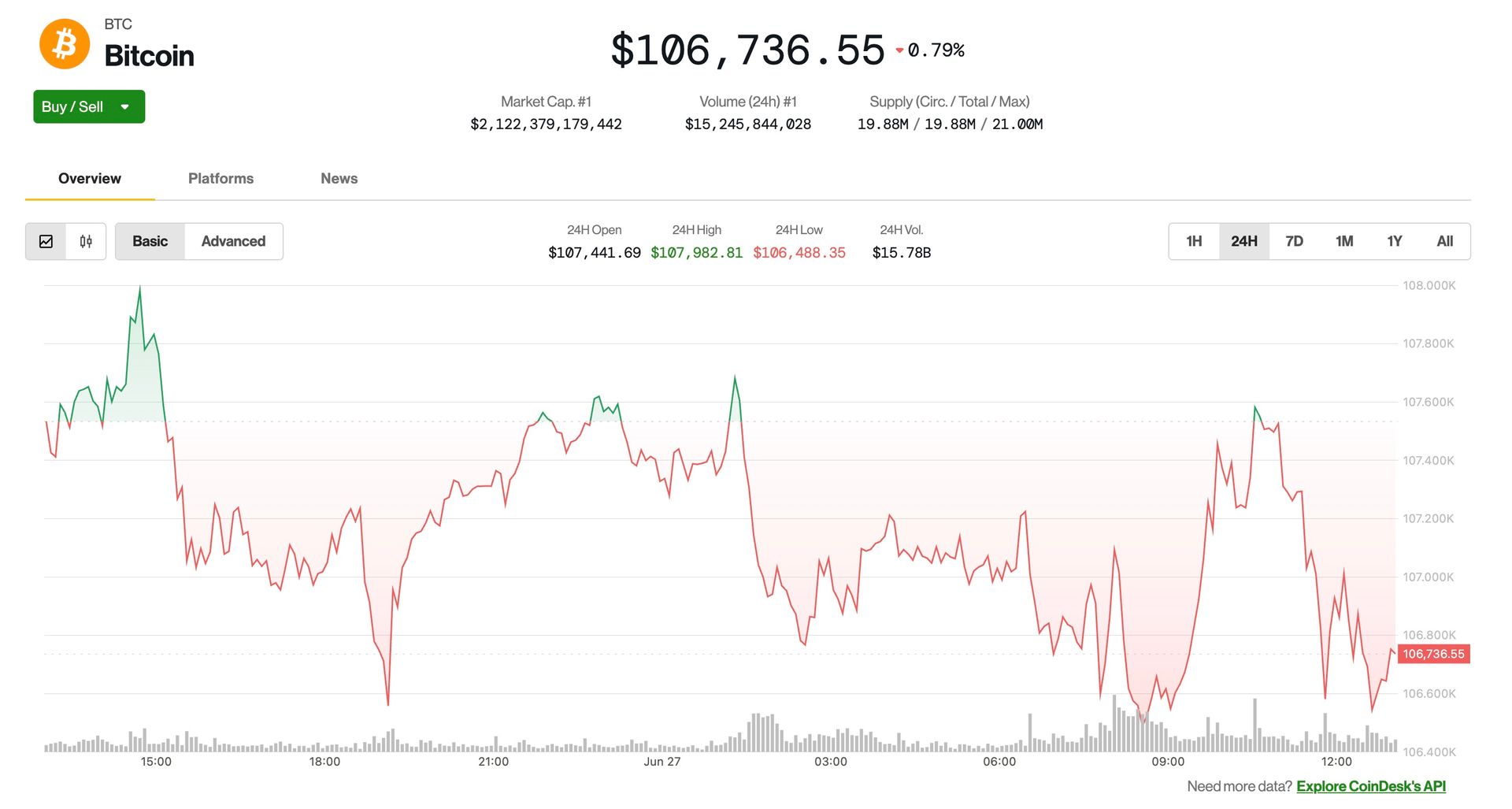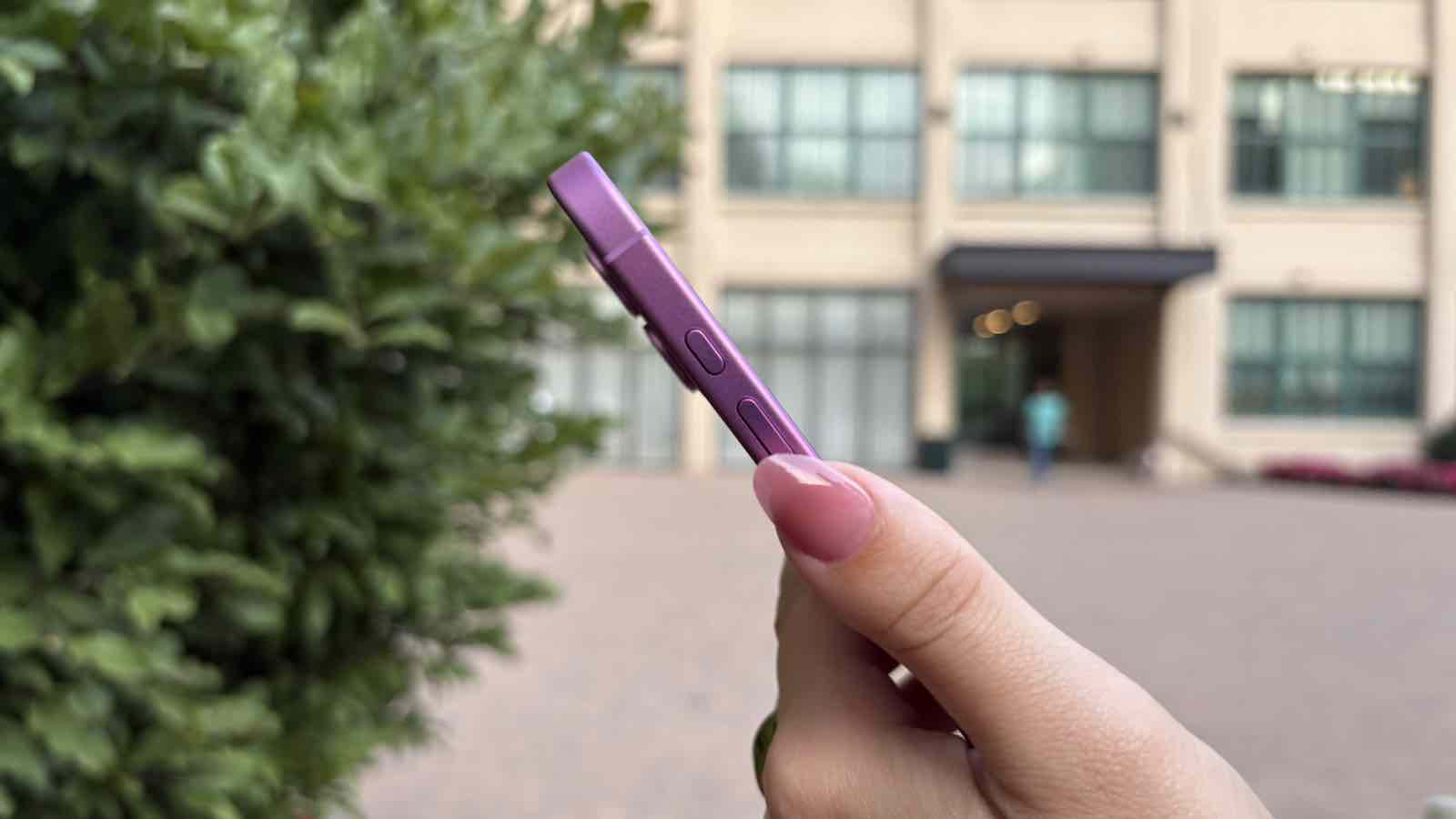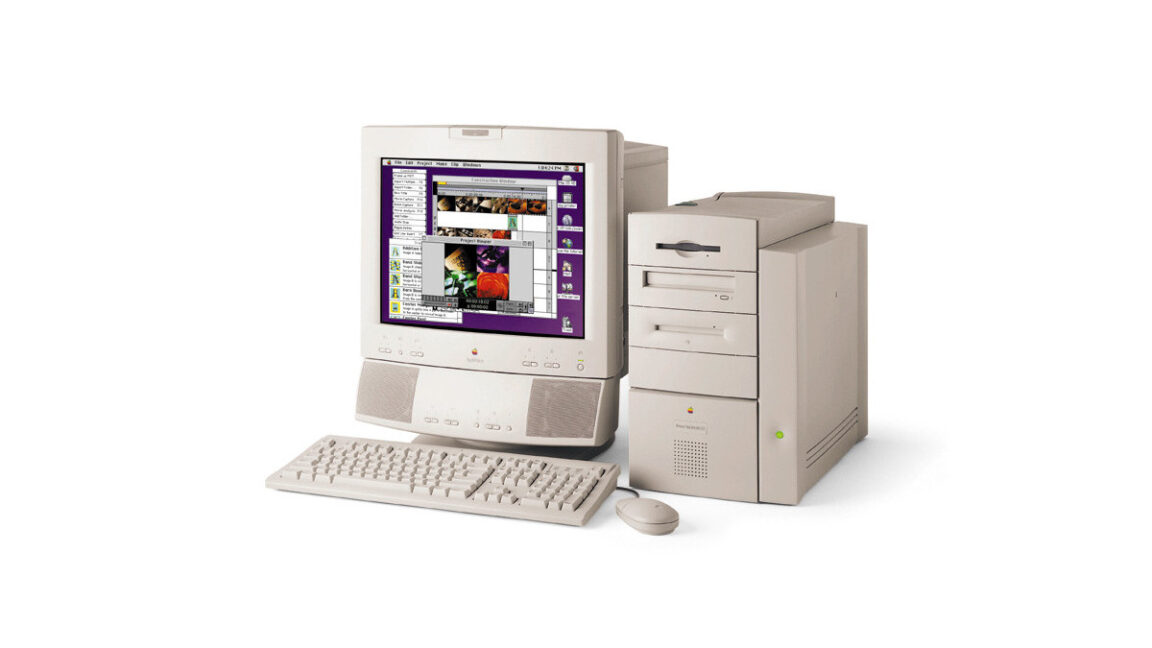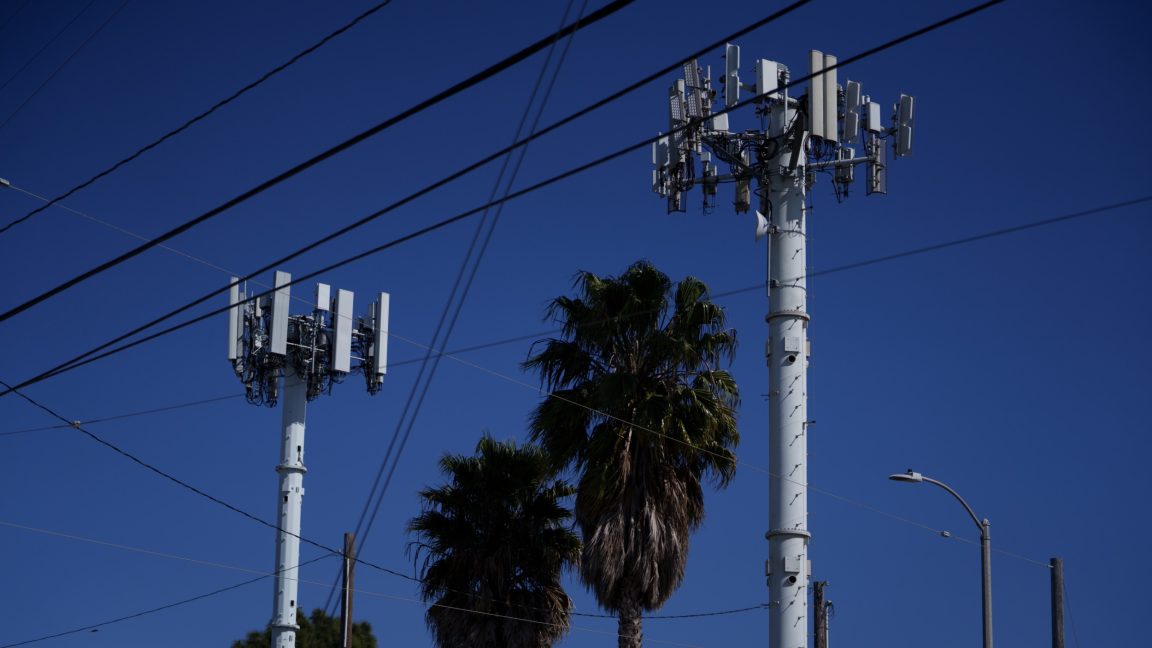Microsoft’s infamous Blue Screen of Death is finally going away for good
Microsoft has confirmed that it is killing off its iconic Blue Screen of Death (BSOD). The screen is something most Windows users (unfortunately) are all too familiar with—the azure shade that appears on a person’s PC when Windows suffers a total system crash. Here’s what you need to know about the death of the Blue Screen of Death. An ignominious Windows staple for 40 years Though Windows has changed pretty radically since version 1.0 came out in 1985, several elements of Microsoft’s operating system have stuck around in the four decades since, including file folders, scroll bars, resizable windows, and a blue screen that showed when something went wrong. Yes, the bane of Windows users everywhere has been a built-in part of the operating system in some form since the beginning. What is now known as the Blue Screen of Death debuted in Windows 1.0 in 1985, and since then, it has appeared on millions of screens—maybe billions around the world. The Blue Screen of Death has undergone several revisions over the decades, displaying different layouts and other data intended to help users identify the issue with their computer. And as it has sunk into the public consciousness, it’s even been used by Microsoft’s rivals to poke fun at the company. For decades, Apple’s operating system for the Mac, currently known as macOS, has featured the Blue Screen of Death on the system icon representing networked Windows PCs. But it was last year that the Blue Screen of Death caught worldwide attention. The Blue Screen of Death appeared on Windows PCs around the world for days after the infamous CrowdStrike update that took down Windows machines across the globe. Black is the new Blue Unfortunately, Microsoft isn’t killing off the Blue Screen of Death because the company has solved the problem of unexpected crashes and restarts. The BSOD screen will still exist on Windows going forward—just with a new color. After an update to the Windows operating system later this summer, the Blue Screen of Death will become, well, the Black Screen of Death. In a blog post announcing several steps that it is taking to enhance the Windows enterprise experience, Microsoft stated that the changes are “part of a larger continued effort to reduce disruption in the event of an unexpected restart.” Specifically addressing the BSOD, Microsoft said it was introducing the simplified user interface to go along with a new, shortened recovery experience. “The updated UI improves readability and aligns better with Windows 11 design principles, while preserving the technical information on the screen for when it is needed,” the company said. When does the Windows Black Screen of Death arrive? In its blog post, Microsoft said that the new Black Screen of Death will replace the Blue Screen of Death in the Windows 11 24H2 update. The company says that the update will be available on all compatible devices “starting later this summer.” RIP, Blue Screen of Death. We knew you too well.

Microsoft has confirmed that it is killing off its iconic Blue Screen of Death (BSOD). The screen is something most Windows users (unfortunately) are all too familiar with—the azure shade that appears on a person’s PC when Windows suffers a total system crash.
Here’s what you need to know about the death of the Blue Screen of Death.
An ignominious Windows staple for 40 years
Though Windows has changed pretty radically since version 1.0 came out in 1985, several elements of Microsoft’s operating system have stuck around in the four decades since, including file folders, scroll bars, resizable windows, and a blue screen that showed when something went wrong.
Yes, the bane of Windows users everywhere has been a built-in part of the operating system in some form since the beginning.
What is now known as the Blue Screen of Death debuted in Windows 1.0 in 1985, and since then, it has appeared on millions of screens—maybe billions around the world.
The Blue Screen of Death has undergone several revisions over the decades, displaying different layouts and other data intended to help users identify the issue with their computer. And as it has sunk into the public consciousness, it’s even been used by Microsoft’s rivals to poke fun at the company.
For decades, Apple’s operating system for the Mac, currently known as macOS, has featured the Blue Screen of Death on the system icon representing networked Windows PCs.
But it was last year that the Blue Screen of Death caught worldwide attention. The Blue Screen of Death appeared on Windows PCs around the world for days after the infamous CrowdStrike update that took down Windows machines across the globe.
Black is the new Blue
Unfortunately, Microsoft isn’t killing off the Blue Screen of Death because the company has solved the problem of unexpected crashes and restarts. The BSOD screen will still exist on Windows going forward—just with a new color.
After an update to the Windows operating system later this summer, the Blue Screen of Death will become, well, the Black Screen of Death.
In a blog post announcing several steps that it is taking to enhance the Windows enterprise experience, Microsoft stated that the changes are “part of a larger continued effort to reduce disruption in the event of an unexpected restart.”
Specifically addressing the BSOD, Microsoft said it was introducing the simplified user interface to go along with a new, shortened recovery experience.
“The updated UI improves readability and aligns better with Windows 11 design principles, while preserving the technical information on the screen for when it is needed,” the company said.
When does the Windows Black Screen of Death arrive?
In its blog post, Microsoft said that the new Black Screen of Death will replace the Blue Screen of Death in the Windows 11 24H2 update.
The company says that the update will be available on all compatible devices “starting later this summer.”
RIP, Blue Screen of Death. We knew you too well.




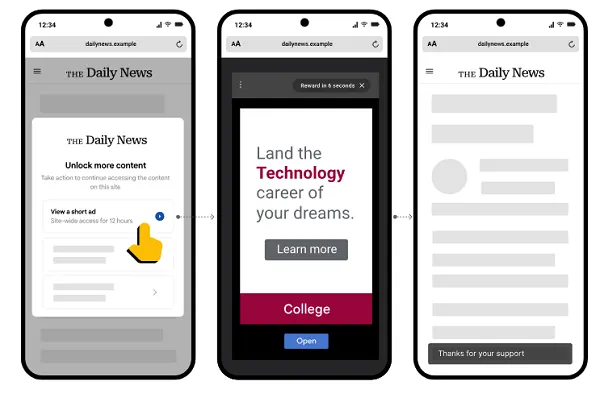




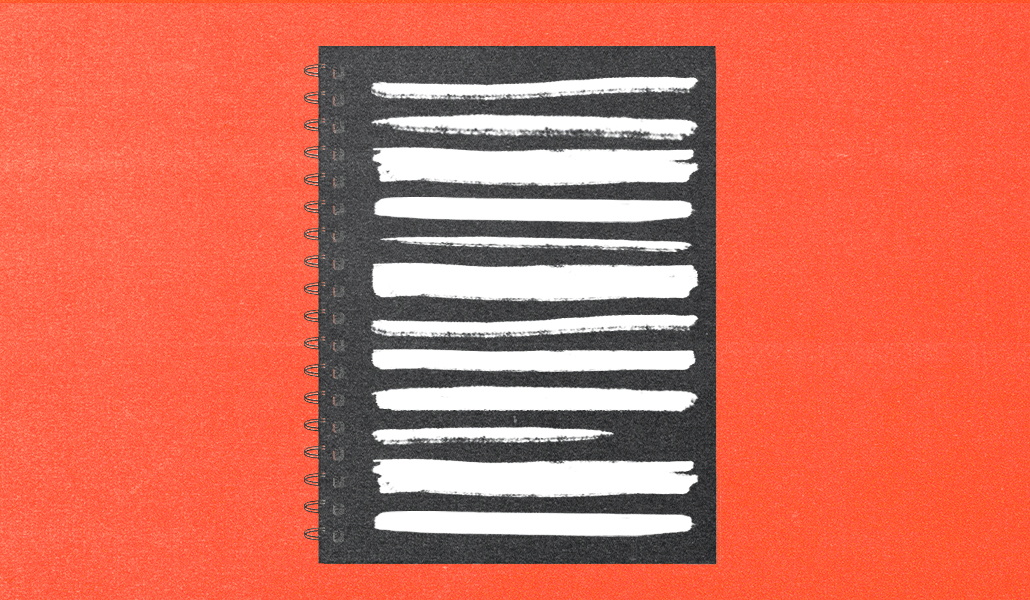
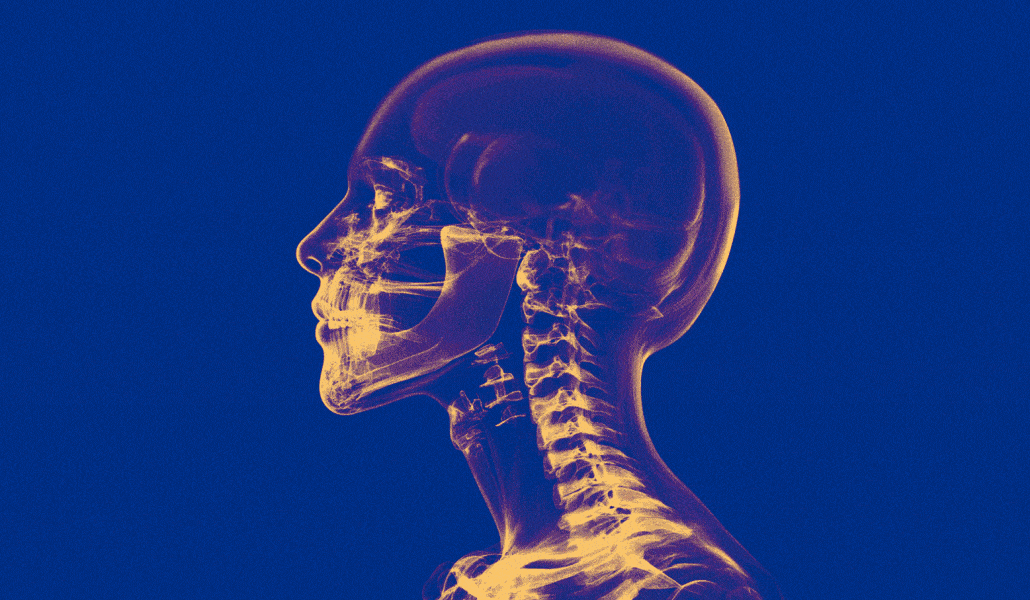



![What Is a Markup Language? [+ 7 Examples]](https://static.semrush.com/blog/uploads/media/82/c8/82c85ebca40c95d539cf4b766c9b98f8/markup-language-sm.png)

















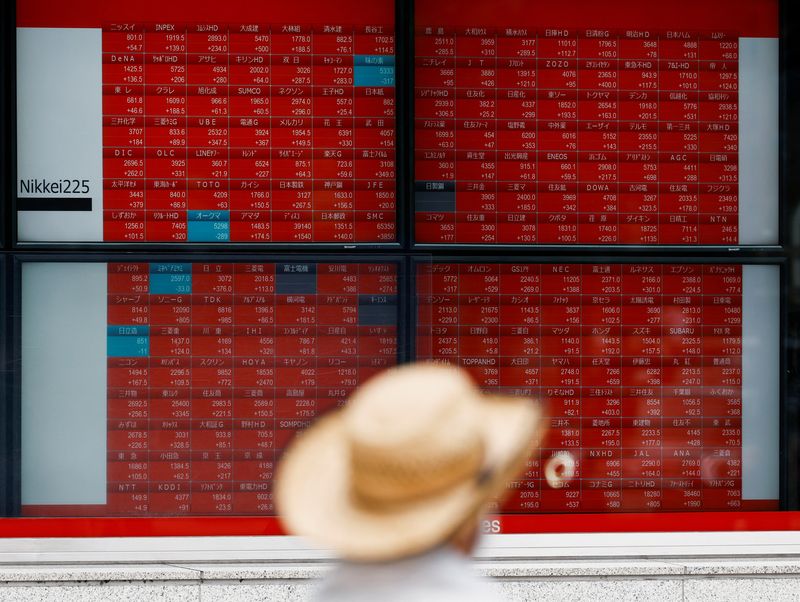
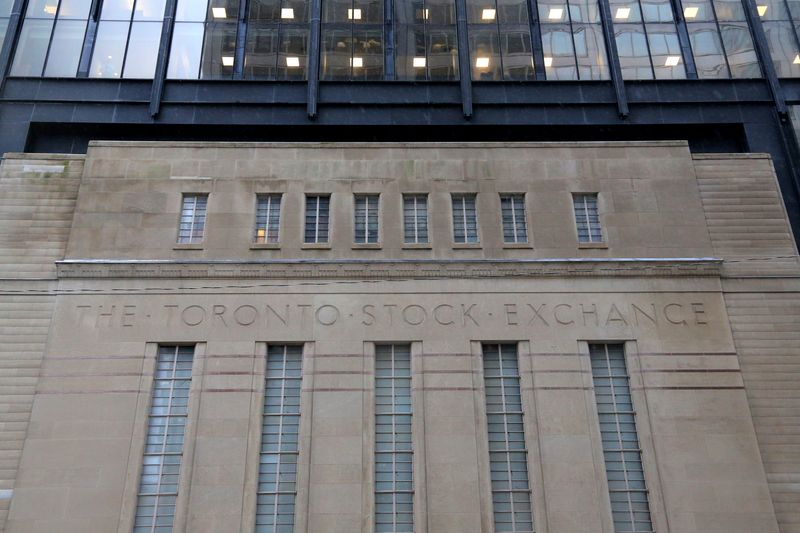






















![[Weekly funding roundup June 21-27] A sharp rise in VC inflow](https://images.yourstory.com/cs/2/220356402d6d11e9aa979329348d4c3e/Weekly-funding-1741961216560.jpg)





















